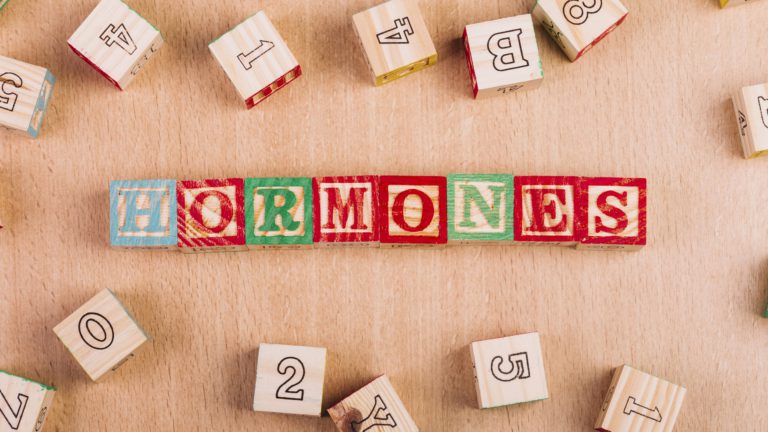As coronavirus lockdown guidelines change, some of us might start returning to offices soon. Going back to how things were could be as challenging as adopting physical distancing measures. Returning to a physical workplace might be challenging for people who feel safe in a controlled environment like their home. As such, it is crucial to learn how to stop anxiety, specifically about returning to the office.
Forming attachments is fundamentally human
Humans can develop emotional attachments to people, pets, and even places. Forming bonds with meaningful places like your home, a park, or a city provides a person with a sense of security and gives them a safe space to explore their interests.
Ideally, attachment grows and wanes with time, and allows people to adopt a healthy attitude towards independence. If individuals don’t develop healthy attachments, they find it difficult to cope with the fact that they will be away from a place or person for a long time.
Separation anxiety could explain heightened fear or distress about leaving the house. In the worst cases, this could elicit physical symptoms like nausea, headaches, and stomach upset. More often than not, this type of anxiety is common with children, though adults can experience it following a period of intense bonding.
There is a set of criteria for determining separation anxiety, but even if you do not check all the boxes, it might still disrupt your work. Here are some things that could help you prevent those disruptions; it is best to couple these with anxiety treatments and wellness programs.
Minimizing potential separation anxiety
COVID-19 has changed a lot about how we work. As such, strengthening support in the office should be a primary concern for managers. Flexibility and understanding will help staff get back to work, and managers must figure out what each employee needs to do this.
The transition will affect their expenses and relationships with their family, so reviewing work arrangements would benefit everyone involved. It could mean a flexible routine for the employee, while for the manager, it will result in a more productive, happier workforce. Managers can also ensure that employees have a safe place to work—the office should not just be sanitary, but also a place that upholds people’s mental health.
What employees should contribute
Meanwhile, employees should do their best to understand what makes them feel safe and comfortable when you’re working remotely. Though it is impossible to make your work-from-home experience 100 percent like working at the office, there are ways you can make accommodations.
For example, you could adopt a smart casual dress code, opting for professional but comfortable clothes. Doing this could remove the uneasiness of being back in formal wear after months of donning casual clothes. Another thing that you could do is propose “meeting-free” days, where people can disseminate information through calls or e-mail. Comforting practices like bringing your pets to work can also help ease the transition from staying at home to working in an office again.
Conclusion
Any transition requires effort and commitment. With the pandemic far from being over, there is so much that could produce anxiety for workers. Ensuring employees’ mental wellbeing is one of the best ways to keep employees motivated for work.
Get in the right frame of mind for work with our wellness programs at Health Optimizing Langley. Our state-of-the-art technology measures inflammation responses and allows us to customize a plan that would complement anxiety treatments. We are in Surrey, BC; Contact us today for inquiries.




